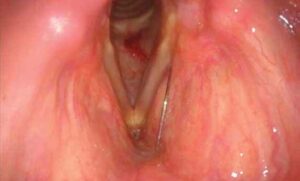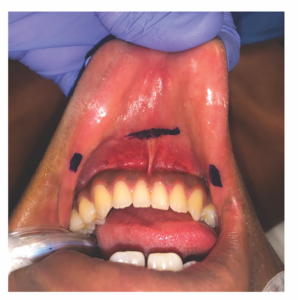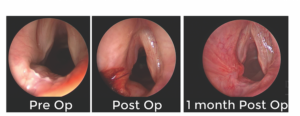TRIO Best Practice articles are brief, structured reviews designed to provide the busy clinician with a handy outline and reference for day-to-day clinical decision making. The ENTtoday summaries below include […]


TRIO Best Practice articles are brief, structured reviews designed to provide the busy clinician with a handy outline and reference for day-to-day clinical decision making. The ENTtoday summaries below include […]

Awake in-office procedures may be the preferred treatment method for many patients who require multiple interventional treatments of the larynx, especially those at risk of being put under general anesthesia.
The EAT-10 is an easy-to-administer dysphagia screening tool with good discriminant ability for use in ALS clinics.

Chondrolaryngoplasty is a procedure designed to reduce a conspicuous laryngeal prominence and feminize the neck.

INTRODUCTION Posterior glottic insufficiency (PGI) is a potential sequela of prolonged intubation. Sustained pressure from the endotracheal tube results in ulceration, erosion of the vocal process, and subsequent tissue loss of the medial […]
On Oct. 31, 2022, The Food and Drug Administration added tracheostomy tubes to the administration’s medical device shortage list, including Bivona tracheostomy tubes manufactured by ICU Medical, San Clemente, Calif. […]

Among the highlighted findings in this analysis is the importance of laryngoscopic examination to detect preoperative vocal cord paralysis.

The Trachealator is a novel, non-occlusive balloon dilator designed for single use.

Compared to traditional open surgery, endoscopic procedures are associated with less patient morbidity and shorter postoperative recovery.